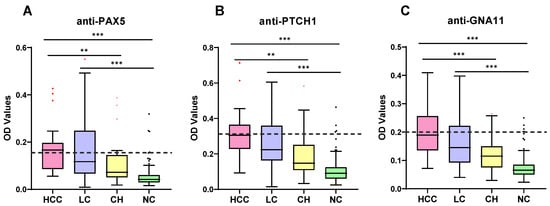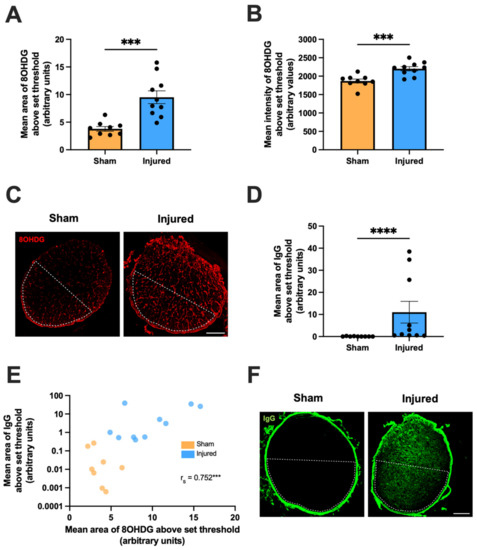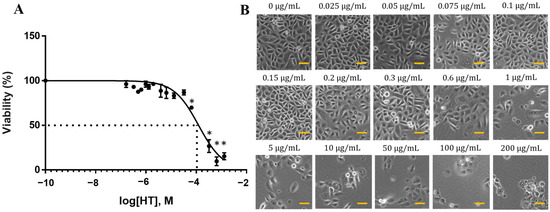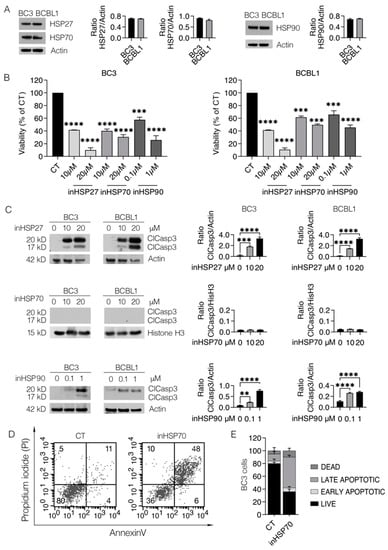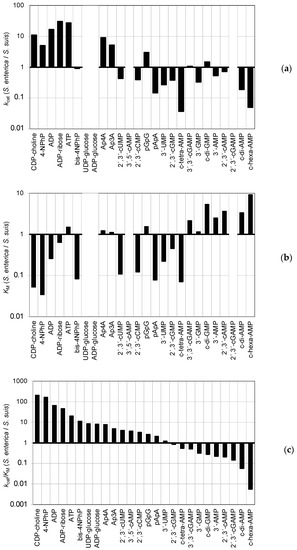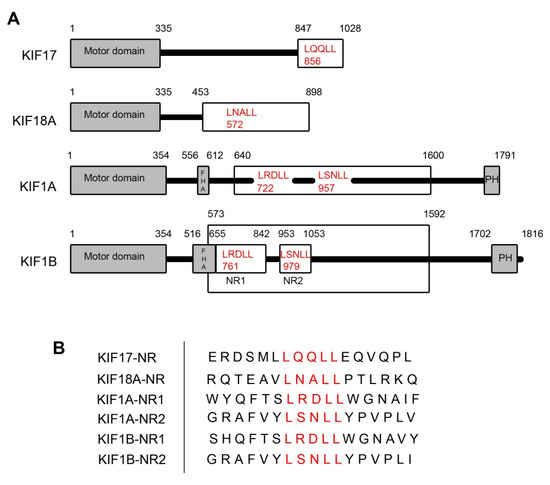1
Department of Radiation Biochemistry, A. Tsyb Medical Radiological Research Center—Branch of the National Medical Research Radiological Center of the Ministry of Health of the Russian Federation, Korolev Str.-4, Obninsk 249036, Russia
2
Department of Radiation and Combined Treatment of Gynecological Diseases, A. Tsyb Medical Radiological Research Center—Branch of the National Medical Research Radiological Center of the Ministry of Health of the Russian Federation, Korolev Str.-4, Obninsk 249036, Russia
3
A. Tsyb Medical Radiological Research Center—Branch of the National Medical Research Radiological Center of the Ministry of Health of the Russian Federation, Korolev Str.-4, Obninsk 249036, Russia
4
Department of Urology and Operative Nephrology, RUDN University, Miklukho-Maklaya Str.-6, Moscow 117198, Russia
5
National Medical Research Radiological Center of the Ministry of Health of the Russian Federation, Korolev Str.-4, Obninsk 249036, Russia
Int. J. Mol. Sci. 2023, 24(4), 3271; https://doi.org/10.3390/ijms24043271 - 7 Feb 2023
Cited by 5 | Viewed by 2096
Abstract
Elucidation of the mechanisms for the response of cancer stem cells (CSCs) to radiation exposure is of considerable interest for further improvement of radio- and chemoradiotherapy of cervical cancer (CC). The aim of this work is to evaluate the effects of fractionated radiation
[...] Read more.
Elucidation of the mechanisms for the response of cancer stem cells (CSCs) to radiation exposure is of considerable interest for further improvement of radio- and chemoradiotherapy of cervical cancer (CC). The aim of this work is to evaluate the effects of fractionated radiation exposure on the expression of vimentin, which is one of the end-stage markers of epithelial-mesenchymal transition (EMT), and analyze its association with CSC radiation response and short-term prognosis of CC patients. The level of vimentin expression was determined in HeLa, SiHa cell lines, and scrapings from the cervix of 46 CC patients before treatment and after irradiation at a total dose of 10 Gy using real-time polymerase chain reaction (PCR) assay, flow cytometry, and fluorescence microscopy. The number of CSCs was assessed using flow cytometry. Significant correlations were shown between vimentin expression and postradiation changes in CSC numbers in both cell lines (R = 0.88, p = 0.04 for HeLa and R = 0.91, p = 0.01 for SiHa) and cervical scrapings (R = 0.45, p = 0.008). Associations were found at the level of tendency between postradiation increase in vimentin expression and unfavorable clinical outcome 3–6 months after treatment. The results clarify some of the relationships between EMT, CSCs, and therapeutic resistance that are needed to develop new strategies for cancer treatment.
Full article
(This article belongs to the Special Issue Advances in Radiation Toxicity)
▼
Show Figures


